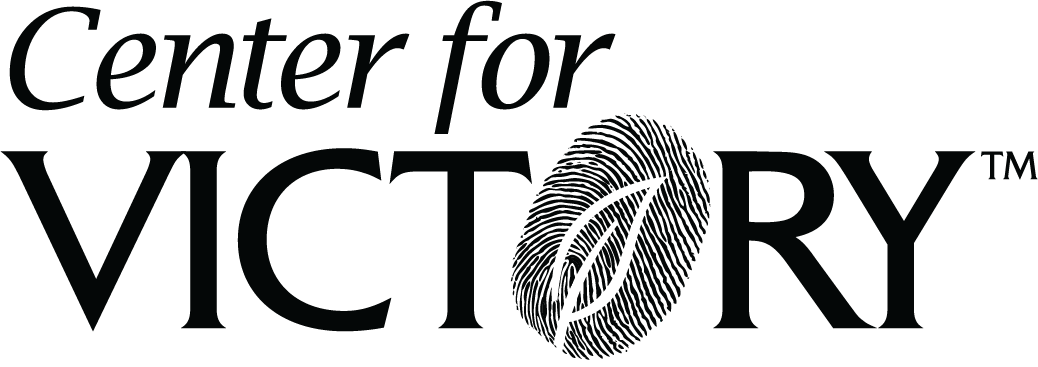
Good Leaders Develop Other Leaders
Tom Peter says, “the best leaders don’t create more followers, they create more leaders.” It’s important to note that you cannot force someone to be a leader, they must decide for themselves if leadership is something they want. However, if you lead by example, and show your team what a good leader looks like, you can help create more leaders from your team members that do want to take on that role.
So what characteristics should you embody to help create more leaders?
Be a good leader yourself
A good leader should be inspiring, empowering, and serve to elevate others. If you’re capable of doing that, others will be drawn to follow in your footsteps. This means that you are not just talking the talk, but walking the walk. It’s not enough to tell your employees that they need to actively listen to others. It means that when your employees are speaking to you, you are showing them that you are actively listening to them. That you are hearing what they have to say, and taking it to heart. By continuously modeling the behavior of a good leader, you will naturally show others how to be good leaders as well.
Be consistent
Employees value leaders they know they can trust to stay true to their word. If you consistently show that you will follow through with promises, your employees will know they can trust you. Not only that, consistency from leadership offers a sense of comfort. There is stability in your actions that employees can rely on. They don’t have to fear decisions being made impulsively or irrationally.
Be a teacher and a coach
Good leaders want to share their knowledge, they want to help others be their best. This doesn’t mean that you are teaching lessons occasionally. To be a true teacher and coach means that you are using any moment you can as a teachable one. Exposing your team to all aspects of leadership sets them up for future success in leadership roles. They will get to step into that role with a level of knowledge and experience that others do not have.
Be humble
No one knows everything, and when you come across a situation where you do not have the answer, it’s important to acknowledge that, and then find the solution. Be willing to go to your team to see if they know the answer, or to see if they can offer up a solution. Being humble and acknowledging your blindspots will show your team that it’s okay for them to not have all the answers as well. What’s important is that you are always willing to learn.
Be able to delegate
When you delegate responsibility to team members you are showing them that you trust them to get the work done and make their own decisions. This helps instill a sense of pride and ownership among your employees. They now have a personal stake in the company that will continue even after the task is completed. Delegating also helps your employees learn different aspects of your job, which again sets them up for future success when they step into a leadership role.
You may not embody all five of these characteristics right now, but that’s okay. What’s important is that you continuously try to improve and better yourself as a leader and help others become good leaders as well.
Search Posts
Subscribe!
Recent Posts
- Episode 218: Power of Expertise April 2, 2025
- Episode 217: Rewrite Your Mindset March 25, 2025
- Episode 216: I Can If I Want To March 19, 2025
- Episode 215: Do What You Love March 11, 2025
- Episode 214: Just One Person March 7, 2025
